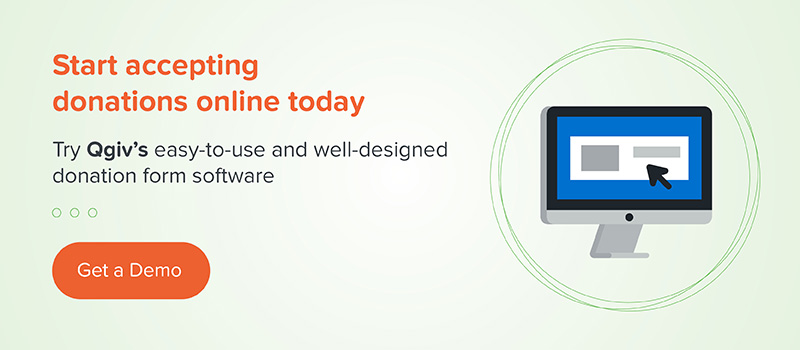If you’re active on any social media channels, you’ve probably seen the #IceBucketChallenge — videos of people dumping buckets of ice water over their heads to raise awareness about Lou Gherig’s disease and money to put towards researching a cure. The videos are everywhere, and they’re an interesting example of how charitable giving is changing with new technology. Here are some key pointers:
First, What Is It?
A few weeks ago, a man named Peter Frates learned about a trend that involved people being dared to choose between pouring ice water on their heads or donating $100 to their favorite charity. Frates decided to use the same stunt to raise awareness about amyotrophic lateral sclerosis (ALS), also called Lou Gherig’s disease.
The rules are simple: participants can either dump a bucket of ice water over their head and donate $10 to The ALS Association or skip the water and donate $100. They have 24 hours to complete the challenge and, if they choose the ice bucket, they have to upload a video as proof. Participants then tag additional people to take the challenge. The idea took off and, in the space of a few weeks, millions of unique videos of people pouring ice water over their heads were uploaded to YouTube and spread across the Internet. The hashtag #IceBucketChallenge has been trending on Facebook, X, and other sites since then.
Cynics Say…
Every Internet phenomenon attracts criticism, and the Ice Bucket Challenge has been no different. Its detractors say that the challenge encourages slacktivism (passive activism that doesn’t require any real involvement from people), is more a means of ego-stroking on social channels than it is a real movement to end ALS, and is not a sustainable way of fundraising.
Supporters Say…
The Ice Bucket Challenge is a fun way to raise awareness and donations for a worthy cause. Most supporters are okay with the fact that the challenge is a trend. They understand that the campaign is harnessing the phenomenon of Internet virality and that, even if it only stays popular for a few weeks, the campaign will still have done some good.
Results Show…
Love it or hate it, it’s hard to deny that the challenge is getting a lot of attention. As of August 21, the ALS reported that they had raised $41.8 million since July 29. In 2013, they raised $2.1 million in the same time period, and that 307,598 of the donations it received have been from first-time donors. Lots of people choose donating over a chilly shower, and many people who douse themselves choose to donate as well. Even if people don’t donate at all, they still spread awareness about Lou Gherig’s disease and The ALS Association. The challenge often appeals to participants’ egos and pressure from their peers, and the point of the challenge can be a second thought in a lot of videos. But it’s working.
#IceBucketChallenge Lessons
There are a few things to take away from the Ice Bucket Challenge and its popularity:
- It’s okay to be silly sometimes. There is a time and a place for seriousness, but there’s also a time to play. Try coming up with a fun way for donors to get involved — everybody likes to cut loose every once in a while.
- If you’re going to use social media, understand how it works. Yes, a lot of people on social media use it to boost their image. Everyone wants to look good in front of their peers, whether it’s sharing their altruism or participating in the latest fad (just look at all the ridiculous Harlem Shake or Gangnam Style videos that were shared all over the Internet). It doesn’t sound glamorous, but if you offer your donors a way to feel included in a trend or boost their image while engaging their friends, you can use that to your advantage.
- Give people something to do. If you give people a nebulous call to “raise awareness,” you’re probably not going to get a ton of engagement. The Ice Bucket Challenge offers concrete, easy ways to participate: you dump water on your head, you donate the the ALS Association, and you publicly challenge your friends. They’re all simple actions, and they’re working.
- Be prepared to follow up. With well over 300,000 new donors, the ALS Association has their work cut out for them. Frankly, many donors who give to the ALS Association because of the Ice Bucket Challenge won’t donate to them again… but if the charity can hang onto even a fraction of those donors through good donor relations, it will make a huge difference for their bottom line. Most charitable gifts are made by one-time donors, so having good donor retention strategies in place is crucial for sustaining growth.



